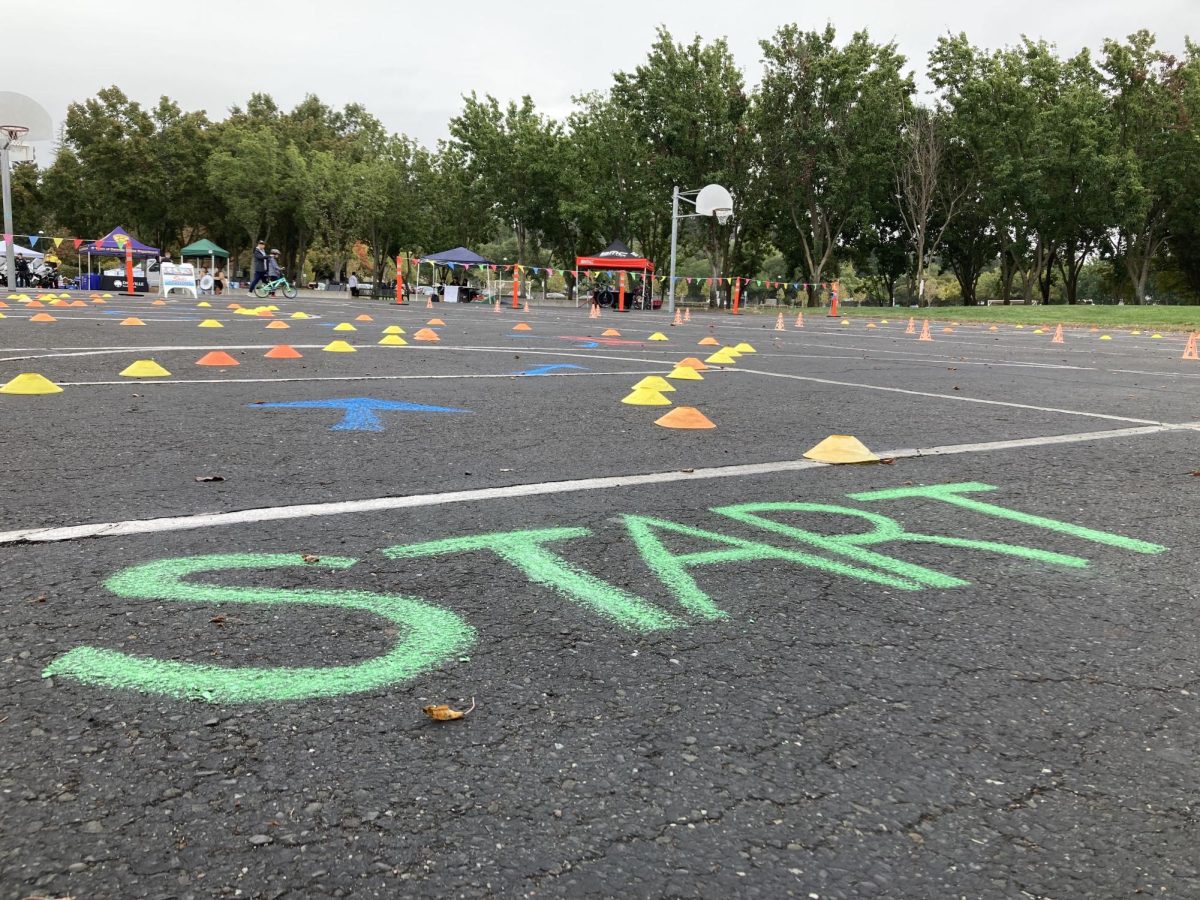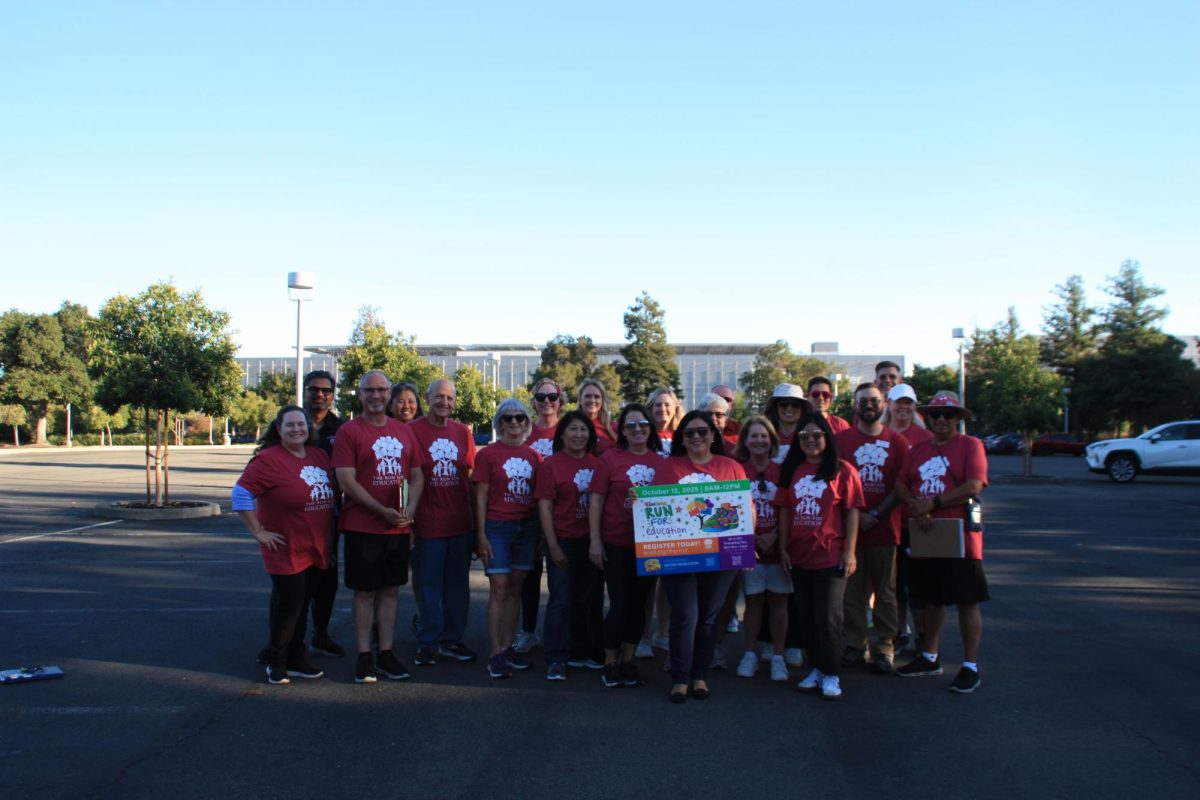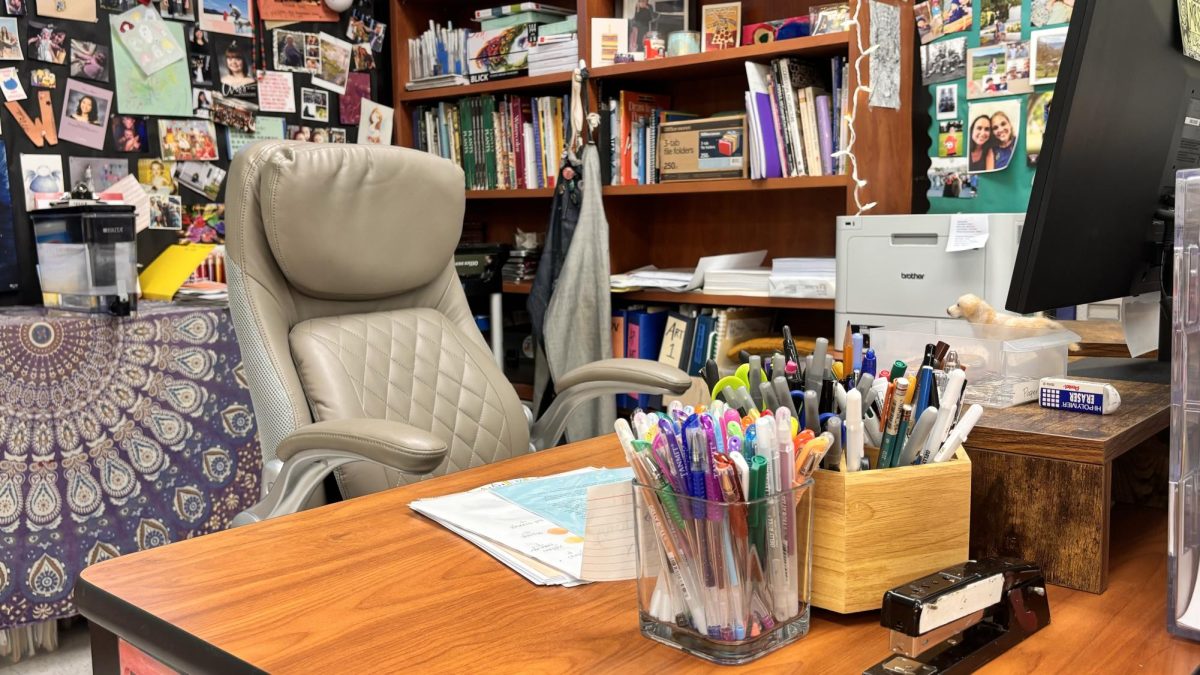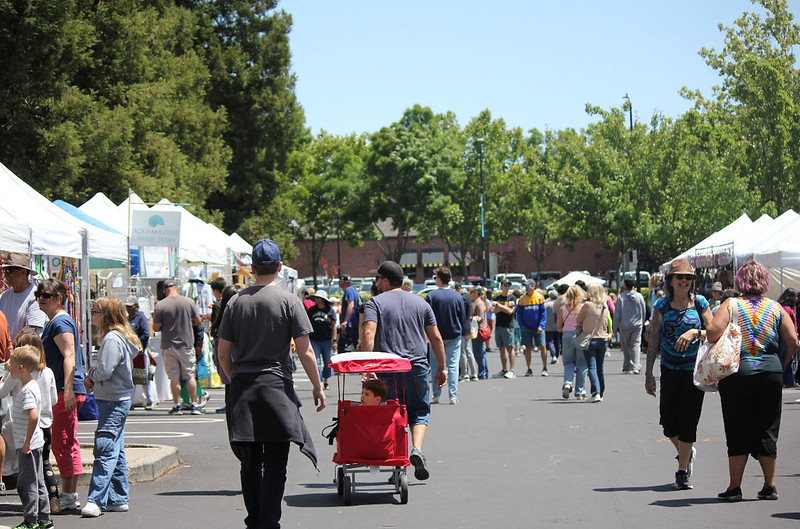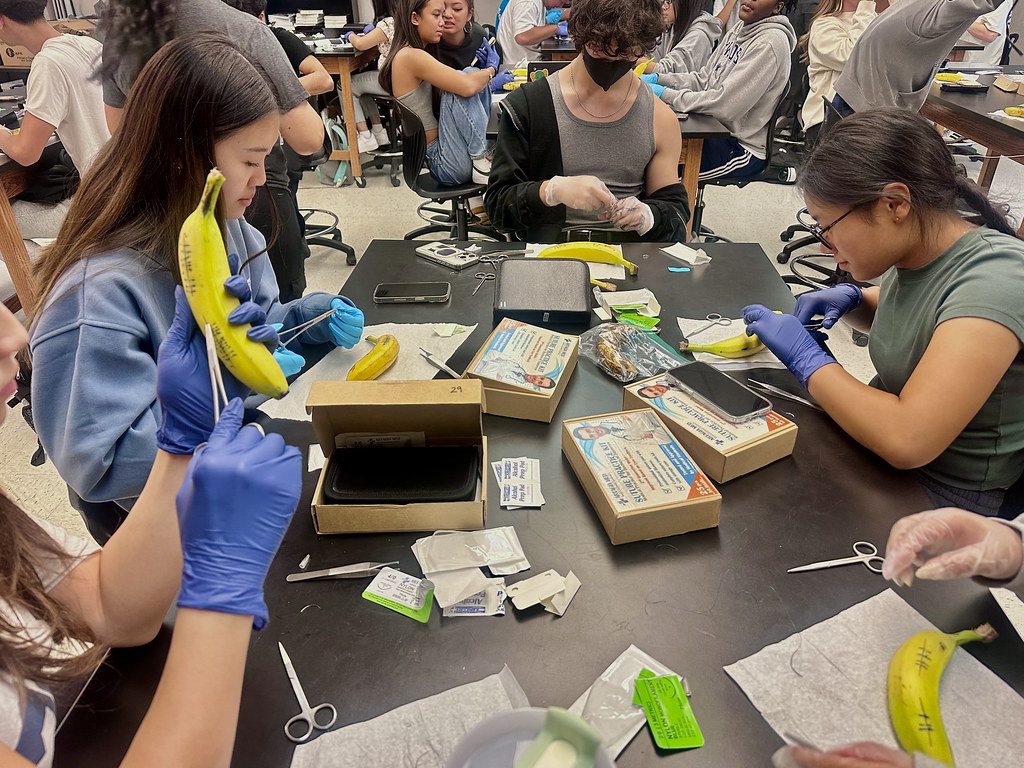On Oct. 25, 2025, the Street Smarts Program hosted their inaugural Community Bike Festival at Iron Horse Middle School in San Ramon. The event took place from 10 a.m. to 2 p.m., with admission free of charge. Following in the steps of previous years’ Bike Rodeos, the festival aimed to encourage safe biking skills for children and adults in San Ramon, Danville and Alamo amid wider momentum in the Tri-Valley Area towards protecting the roads for all users.
“It’s education for the whole family,” Program Director Dolores Pita said. “We’re encouraging people to ride their bikes to the bike festival because there will be bike parking, right by the Iron Horse Trail. They can ride their e-bikes as a family, park and go right to the festival.”
With help from local police departments, Street Smart’s general tasks include holding assemblies at local elementary, middle and high schools to teach students about road safety. They typically discuss proper helmet usage and basic traffic laws, but are increasingly adding segments on electric bicycles and scooters to their curriculum.
“The elementary is basic pedestrian and bike education, with third to fifth graders learning a bit more about e-bikes and e-scooters,” Program Assistant Patrick Urbanus explained. “In middle school, they are educated again about bike and walking safety, but especially about safety riding e-bikes and e-scooters, which are not allowed for under 16, or under 15 and a half without a permit.”
Despite the impact the in-school assemblies have had, with Pita and Urbanus proudly observing that they’d seen increased helmet usage at the schools they’d visited, in-school events are naturally limited when it comes to their potential audience. The former Bike Rodeo, which took place after school, was meant to extend the lesson to families as well. The Festival, a weekend event, further pursues the goal of expanding the program’s audience.
“It’s a really good way to engage with parents, because when we do our assemblies, typically it’s only students,” Pita said. Her objective is “having the right people to directly state if your child is too young, what they’re allowed to have, when it comes to e-bikes, before they spend that money.”
Tables throughout the festival included a facepainting booth, food stands, helmet-fitting demonstrations and stations for various local safety organizations. Young attendees who signed in received a booklet that could be stamped for visiting each table. The foremost attraction was a cycling obstacle course, open to kids aged three to 12, but notably closed to e-bikes in order to protect slower bike users.
The overall aim, according to Pita, is “to extend those lessons that we teach at the assembly programs in a hands-on festival environment. For example, CHP [California Highway Patrol] will be there, San Ramon and Danville PD, County PD. Sports Basement will have a vendor selling shaved ice.”
Responsible e-bike usage was a particular point of emphasis for the event. One of the festival booths displayed Class 1, 2 and 3 e-bikes with a presentation on the differences between them (here’s a handy overview). Due to their popularity with district students, including those at DV, Pita and Urbanus wanted to highlight the risks and restrictions on electric bikes. Class 3 vehicles, the fastest variety, require a helmet and a minimum age of 16 to operate in California, which many DV students agree is a good thing.
“Below that, I think it’s like, you’re going to crash at that age at some point,” senior Payton Haskin said. “And normally people don’t use e-bikes for anything that’s off-road, so you might get hit by a car.”
Students who cycle to school on a regular basis, including Haskin, form a major component of Street Smart’s target audience. Commonly cited reasons for biking include busy parents, lack of a driver’s license or a desire to avoid the hassle of parking. Many, like Haskin, use fully electric or pedal-assist vehicles in order to surmount local hills, while others rely on manual bicycles.
When asked if there is a lot of conflict between the two bike types on the roads around Dougherty, freshman Neharika Rajesh, a manual bike user, said, “Not really, sometimes I just get an ‘excuse me’ and then they speed past me.”
Students interviewed generally had positive opinions about the quality of San Ramon road safety, although they were in favor of San Ramon’s current Trails Master Plan to connect the local trail network more effectively. However, they were less happy about San Ramon drivers, whom they described as aggressive, impatient and often dangerous.
“The problem is with the drivers,” sophomore Zara Khan, who uses an e-bike, said. “They will start congregating onto the bikelane even before there’s the green stripes, which is pushing me towards the sidewalk, and it’s kind of dangerous. So I think we need to implement more rules for the drivers on the roads.”
In high-conflict zones like intersections, especially during busy periods such as drop-off and pick-up, parents rushing to get their children to school can present a greater hazard to cyclists. These encounters prove to be a pressing issue when drivers don’t acknowledge riders, even after a potential collision.
Rajesh described one incident when she and her friends were biking to school and were nearly hit by a driving parent. “They acted like they just didn’t see us and continued going. That was pretty scary. We filed an incident report about that.”
By training both young cyclists and parent drivers in the San Ramon, Danville and Alamo area, Street Smarts hopes to cut back on similar incidents. San Ramon remains a heavily bike-connected area, so safety on the road remains essential.
“That is the guidance we are pushing – you have to obey the regular etiquette, follow the rules of the road – with the hope that people would do that,” Urbanus said.

